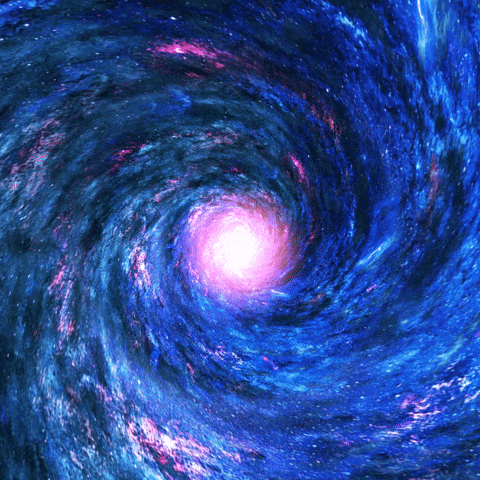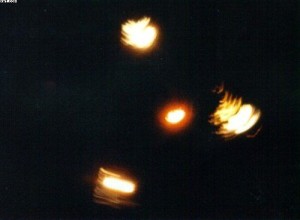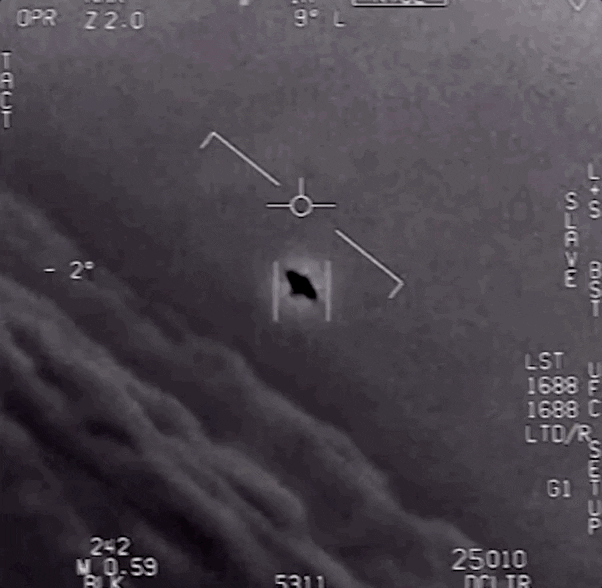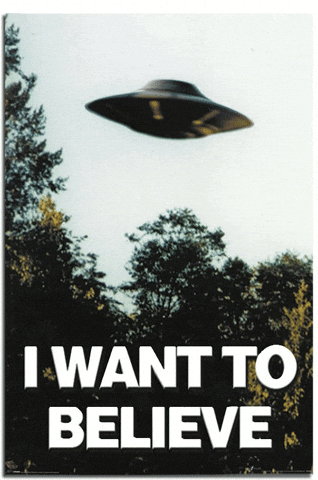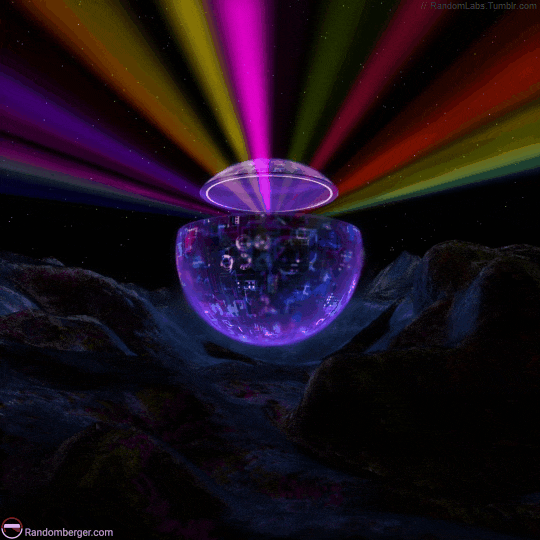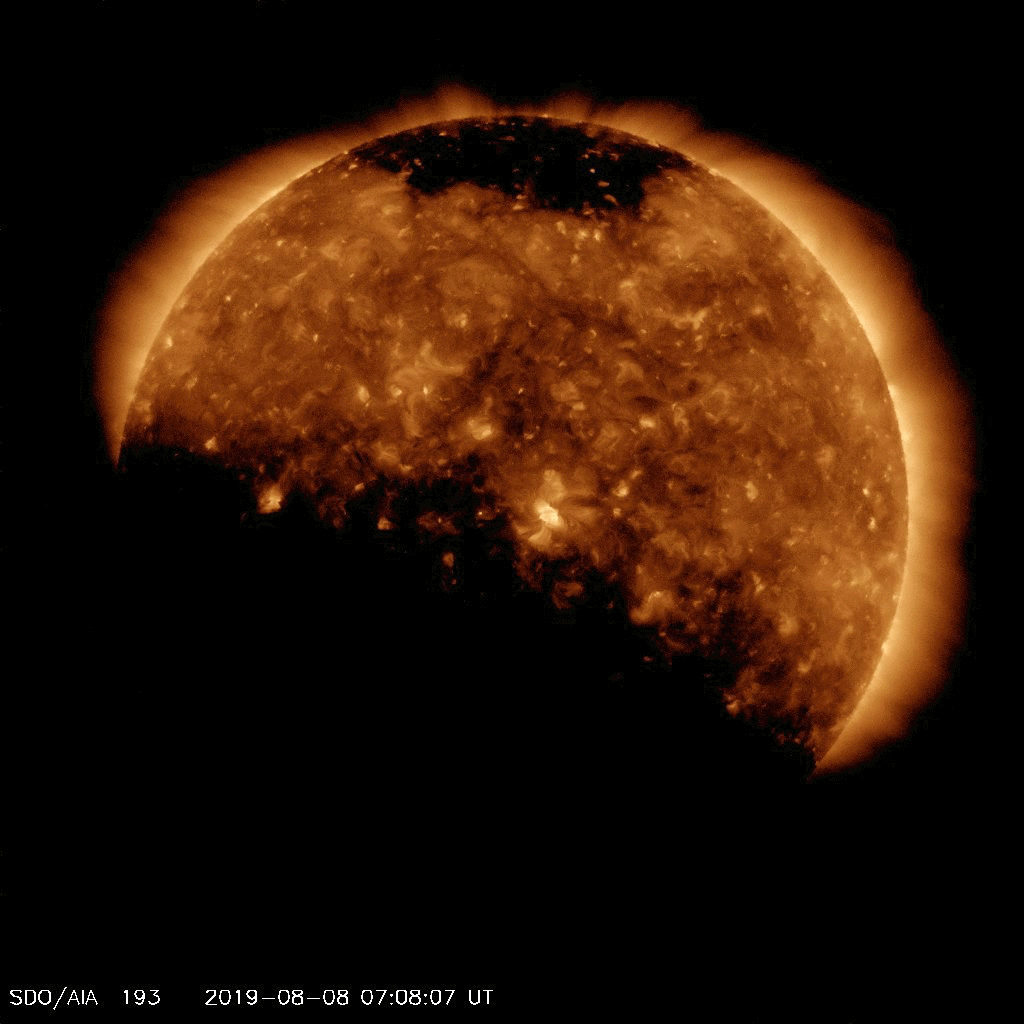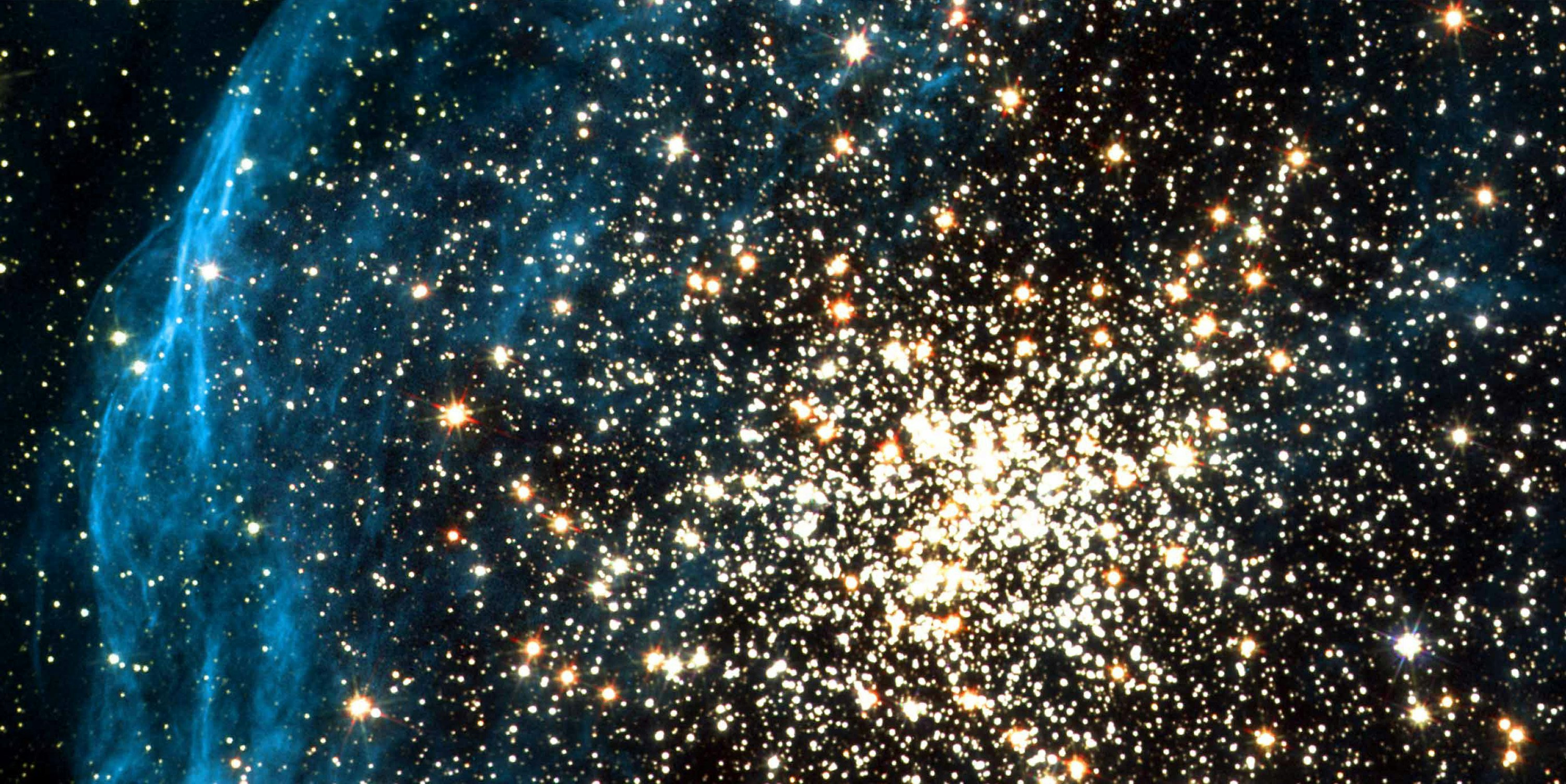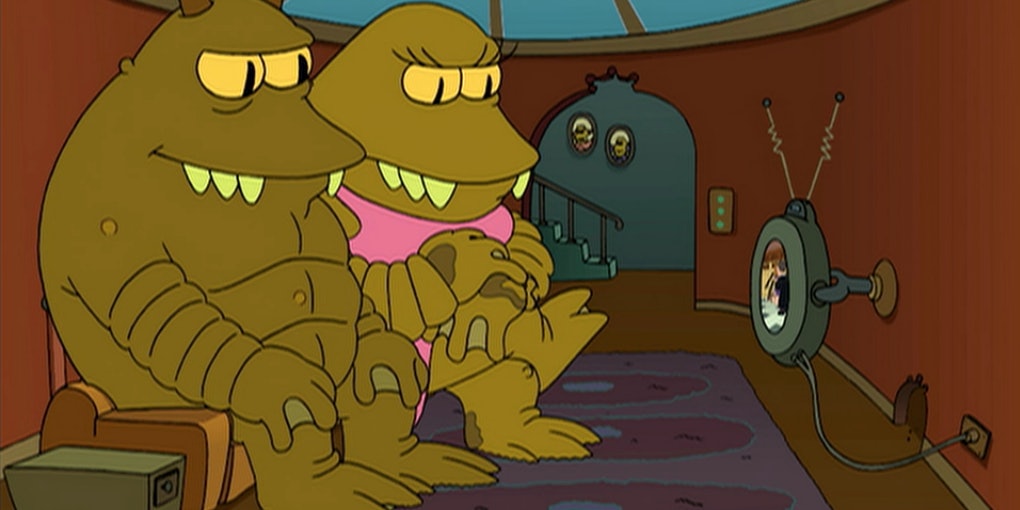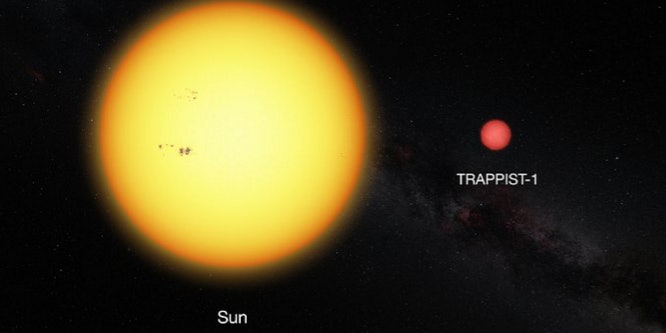Globular clusters are just as they sound: giant spherical globs of stars gravitationally bound by a central force. But the source of that central force might not actually be what we thought.
Normally, globular clusters have a plethora of low mass X-ray binary stars(LMXBs), in which one object is a hungry neutron star and the other is known as a companion and basically acts as a cosmic dust and/or gas donor to the neutron. It has long since been theorized that the accredited object could also be a black hole, but scientists have never found this to be the case, until now.
A new study of the globular cluster 47 Tucanae, or NGC 104, some 16,700 light-years from Earth in the constellation Tucana, is showing a LMXB called X9 that could quite possibly have a black hole instead of a neutron star.
Scientists used the Chandra X-Ray Observatory, NuSTAR, and the Australia Compact Array, to capture a 28-minute modulation of X9’s signal. They found that the signal exhibited signs of a white dwarf about .02 solar-masses in size orbiting a black hole of about one solar mass in size.
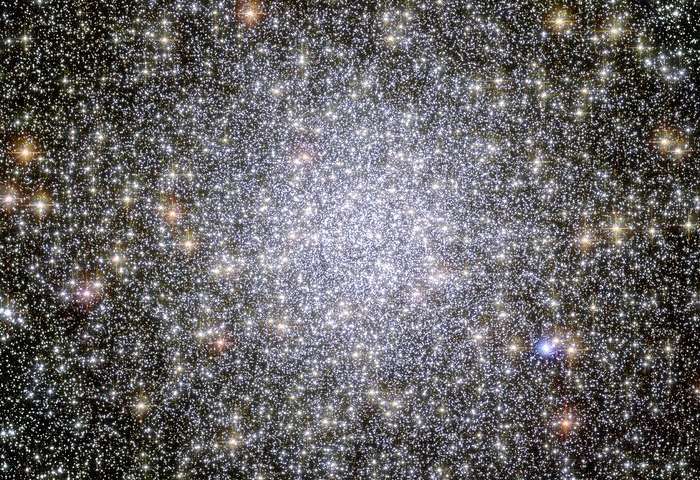
On top of this, the white dwarf has an unusually short precession period of 6.8 days, and is giving an unusually high rate of mass to the black hole, about seven-millionths of an Earth-mass per year.
If X9 truly is a black hole LMXB, then it would be the first known case in our galaxy and would challenge scientists understanding of globular clusters and how black holes interact with them. All in an effort to make sense of the wild universe beyond us.
Photos via NASA/ Hubble Space Telescope

